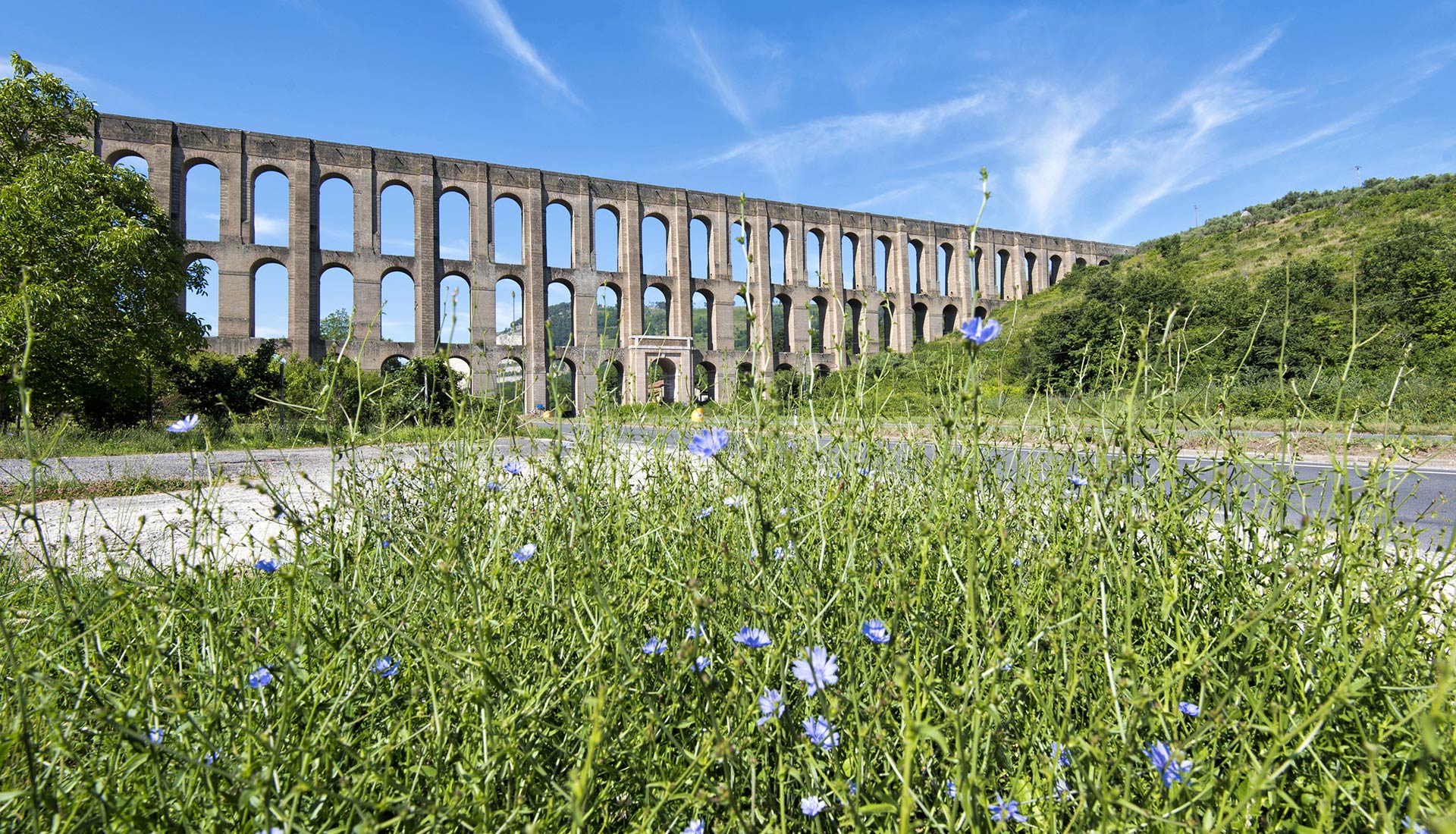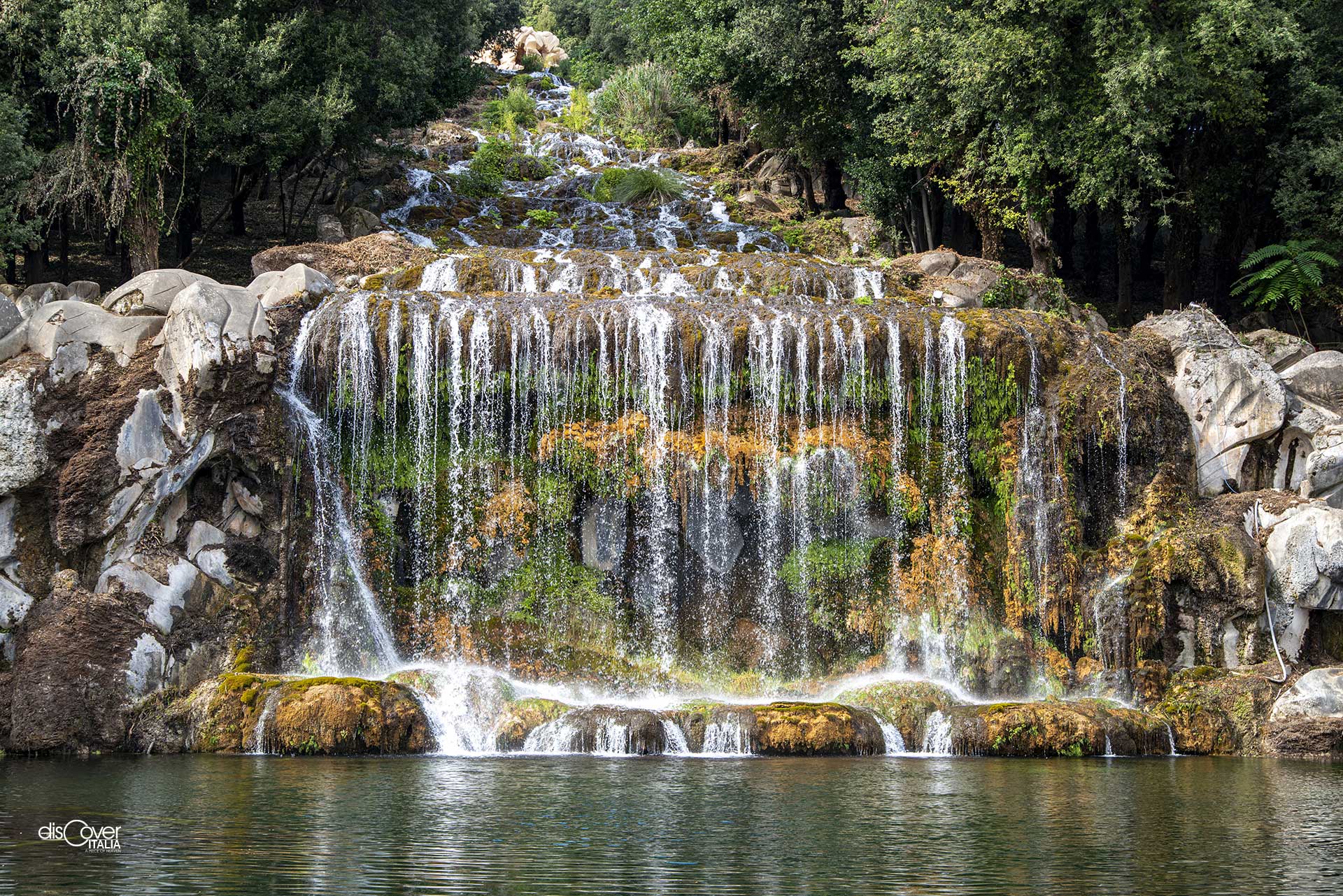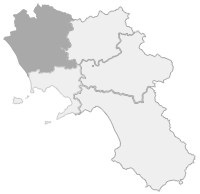 «For the magnificence of the imposing bridges, this work competes with the Roman structures»
«For the magnificence of the imposing bridges, this work competes with the Roman structures»
Rudolf Wittkover
Breathless, until the end. Everyone is waiting: King Ferdinand, the court and a crowd that had gathered for the great occasion. It was May 7, 1762 and everything was ready for what had been renamed the “trial of water". The system had been activated and at any moment it would be known if it was really working. But time passed, now it was hours. And the concern began to spread that that gigantic work, materialized in all its greatness and beauty since its arrival in the green valley of Maddaloni, had not achieved the goal for which it was created. But before the doubt could have the upper hand, the water gushed from the new pipeline, greeted by a liberating applause. Aimed at the creator of that wonder, the architect Luigi Vanvitelli, who also obtained public recognition from the sovereign, as well as a bonus of a thousand ducats. The first test, was indeed a success. .
Vanvitelli believed in it ever since, as designer and construction manager of the new palace, he received from King Charles of Bourbon the task of finding water to feed every service and the immense park with fountains and games of water. The sovereign had also asked for water for the city of Caserta and for the entire district developing with the construction of the royal palace, and possibly also for the capital, since the water supply of Naples remained insufficient even after the construction of the Aqueduct Carmignano in the 17th century.
THE SOURCES ON THE TABURNO
The architect, strong in his solid background as hydraulic engineer, accepted, aware of how hard the task was, already in identifying a source capable of supplying that lot of water and considering that there were none around the royal site. The research took him to the Sannio mountains, where he already found useful materials for the royal factory. In particular, it was the Taburno who gave him the solution. In the territory of Airola, in Bucciano, he identified rich springs of water that guaranteed the required flow: Fizzo, Bronzo, Duca, Molinise. They all belonged to the prince della Riccia, who didn’t hesitate to donate them to the king to give water to Caserta and Naples. So Vanvitelli had them connected thanks to two collectors, called Carcarella and Ficucella, which were then placed in one single conduit. But it was only the beginning of a path that the court mathematicians immediately judged impossible: the source was too far away and the path between mountains and valleys was too bumpy for that water to reach the palace under construction.
However, no one managed to make the architect give up, who put all his technical knowledge on the table along with an extraordinary determination. With the help of the skilled workers he used in Caserta and inspired by the Roman aqueducts, he designed an advanced work in terms of size and complexity. There were 38 kilometers to be covered between Fizzo and Caserta, requiring a specific inclination along the entire route to bring water from the 254 meters high of the source to 203 meters in the park of the palace. To succeed, a minimum and constant inclination of 2 percent was required, equal to half a millimeter per meter. Some hills had to be drilled and terrains of a different nature had to be tackled, in some points compact and in others inconsistent. Three bridges would also have been needed, which he made one different from the other.
THE BRIDGES
The first was necessary, just beyond the springs, to cross the river that was then called Faenza and today Isclero, between the territories of Bucciano and Moiano. A tuff structure, with four arches, for a width of 130 meters and a maximum height of 6, perfectly inserted in the natural setting rich in vegetation on both banks of the river. The architect named it New Bridge, but it is also known as the Charles III Bridge. The king in person with Queen Amalia participated in the ceremony of laying the first stone, emphasizing the importance of the aqueduct. And two identical marble memorials, placed on both sides of the central arch, pay homage to the sovereigns with the indication of the year 1753, when the works began. The following year the king granted Airola the title of city.
The pipeline was buried for most of its route and several mountains were pierced to follow the established inclination. Reached the Gorge Tagliola where the Martorana stream flows, a second bridge was built between Durazzano and St. Agata de 'Goti. 60 meters long, with four round arches of which the highest reaches 16 meters, the Bridge of Durazzano Valley was built in 1760, the first year with Ferdinand as ruler, successor of his father Carlo, who ascended the throne of Spain. Near that second bridge, the ceremony of the “trial of water" took place in 1762 in the presence of the very young king. But the task was still far from over.
Another great test had to be accomplished, the most demanding and impressive, to create the most beautiful and representative structure of the Carolino Aqueduct: the Bridges of Maddaloni Valley. It was necessary to overcome the valley between Mount Longano to the east and Garzano to the west, for a length of 529 meters. The Longano was pierced, like the other hills, making large use of gunpowder, for the Garzano it took three years. But an extraordinary commitment required the construction of the tuff bridge almost 60 meters high, with three orders of round arches supported by 44 square pillars. At the time, longest bridge in Europe, on the top of which the passage of the pipeline was allowed, was also built a transportation road in stone.
At the bottom of the bridge, among the most important works of the Bourbons, in 1899 the monument was placed with the ossuary of the soldiers who fell on October 1, 1860 in the valley, where a clash between Garibaldi and royalist troops took place, as part of the battle of the Volturno, marking the last defeat and the fall of the Bourbon state.

WATER FOR THE ROYAL PALACE
After the “trail of water" where Vanvitelli demonstrated the feasibility of his project, it took another eight years to complete it. The job was carried out with great intensity, meter by meter, for the installation of the iron pipeline, 1.2 meters wide and 1.3 high, produced in the Royal Steelworks of Stilo, which Vanvitelli opened specifically to work the mineral coming from the Calabrian mines of Pazzano and Bivongi. As agreed with King Charles, no expense was spared: 622,424 ducats were spent for the aqueduct, out of the total of six million of the cost of the palace. The company required a great deal of manpower and, given the difficulties of the work, there were several accidents, some even fatal.
Along the entire course of the aqueduct, in the main sections where it was buried, 67 towers with square plan and pyramidal roofs were built, working as vents and allowing periodic inspections.
The arrival point of the aqueduct at the royal palace was at the foot of Mount Briano, where it activated the waterfall from which starts the waterway that crosses the park for about three kilometers. The solemn and long awaited moment of the inauguration of the waterfall was painted by Antonio Joli in 1778. And it marked a double success for Vanvitelli who, having completed the aqueduct undertaking, of European resonance, also realized part of the park project of the palace, later completed by his son Carlo Vanvitelli.
The water of the Taburno brings to life the small lake, the pools, the waterfalls, keeps the meadows green and, above all, gives voice to the fountains of the immense park of the Italian Versailles. The Fountain of the Three Dolphins, with a spectacular cave, designed by Carlo Vanvitelli and built by Gaetano Salomone. The Fountain of Aeolus, with 28 statues of over the 50 in project, and an arched hemicycle from where a small waterfall stands out and that can be considered unfinished. The Fountain of Ceres, by Solomon, in travertine and marble from Carrara with nymphs, tritons and cupids. The Fountain of Venus and Adonis with its sculptural group in Carrara marble. And the Fountain of Diana and Atteone, at the end of the park, work of Paolo Persico, Pietro Solari and Angelo Brunelli, that evokes the ancient cult of Diana Tifatina widespread in Campania felix. Among the sculptural groups, the great waterfall descends thunderously for 82 meters, the triumph of the water coming from afar. And from the artificial cave, the view from Caserta to Naples opens up, thanks to the "telescope effect" practiced by the brilliant Luigi Vanvitelli.
"His" water, besides feeding the palace park with his works of art, before reaching Naples, served the other Royal Delights of the surroundings, especially S. Leucio and Carditello, and then the numerous mills rising along the course of the aqueduct and even of the experimental cultivation of tropical fruit trees planted near the palace.
The Carolino Aqueduct has been on the list of UNESCO World Heritage Sites since 1997.




Comments powered by CComment